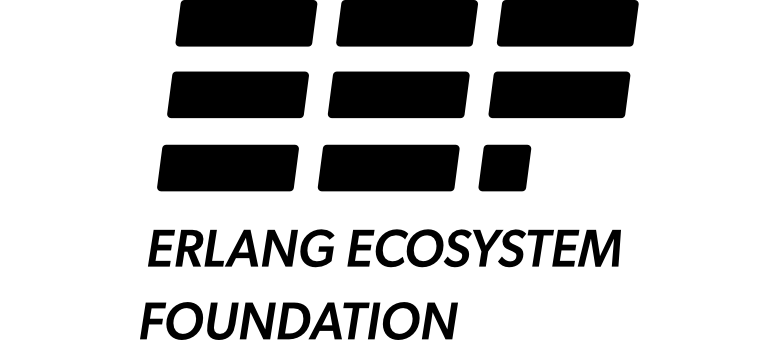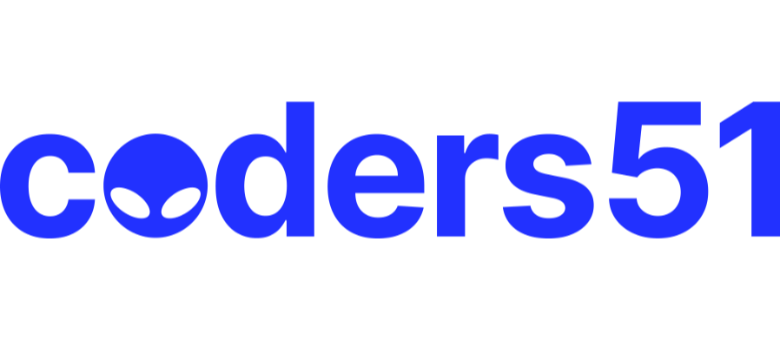CommunityNews
Computer Programming with the Nim Programming Language
In the year 1970 Prof. Niklaus Wirth invented the Pascal programming language to teach his students the fundamentals of computer programming. While the initial core Pascal language was designed for teaching purposes only, it was soon expanded by commercial vendors and got some popularity. Later, Wirth presented the language Modula-2 with improved syntax and support of modules for larger projects, and the Oberon language family with additional support for Object-Oriented Programming.
The Nim programming language can be seen in this tradition, as it is basically an easy language suited for beginners with no prior programming experience, but at the same time is not restricted in any way. Nim offers all the concepts of modern and powerful programming languages in combination with high performance and some sort of universality — Nim can be used to create programs for tiny microcontroller as well as large desktop apps and web applications.
Most books about programming languages concentrate on the language itself and assume that the reader is already familiar with the foundations of computer hardware and already has some programming experience. This is generally a valid approach, as today most people are taught this fundamental knowledge, sometimes called Computer Science (CS) in school. But still, there are people who missed this introduction in school for various reasons and decide later that they need some programming skills, maybe for a technical job. And there may exist some children that are not satisfied with the introduction to computer science taught at school. So we have decided to start this book with a short introduction to fundamental concepts — most people can skip that part. In part II we explain the basics of computer programming step by step in a way which should enable even children to learn independently. In this part we may repeat some of the stuff which we already mentioned in part I. We do that by intent, as some people may skip part I, and because it is generally not a bad idea to support the learning process of the reader with some repetitions. Part III will give you an overview of the Nim standard library, and part IV will introduce some useful external packages. Part V will introduce advanced concepts like asynchronous operations, threading and parallel processing, and macros and meta-programming. Nim macros are very powerful but difficult at first. Part VI may finally present some advanced examples.
This book is basically a traditional text book…
Read in full here:
https://ssalewski.de/nimprogramming.html
This thread was posted by one of our members via one of our news source trackers.
Popular Backend topics

Other popular topics

Categories:
Sub Categories:
Popular Portals
- /elixir
- /rust
- /ruby
- /wasm
- /erlang
- /phoenix
- /keyboards
- /python
- /js
- /rails
- /security
- /go
- /swift
- /vim
- /clojure
- /java
- /haskell
- /emacs
- /svelte
- /onivim
- /typescript
- /kotlin
- /c-plus-plus
- /crystal
- /tailwind
- /react
- /gleam
- /ocaml
- /elm
- /flutter
- /vscode
- /ash
- /html
- /opensuse
- /zig
- /centos
- /deepseek
- /php
- /scala
- /react-native
- /textmate
- /sublime-text
- /lisp
- /nixos
- /debian
- /agda
- /django
- /kubuntu
- /deno
- /arch-linux
- /nodejs
- /revery
- /ubuntu
- /manjaro
- /spring
- /lua
- /diversity
- /markdown
- /julia
- /c









